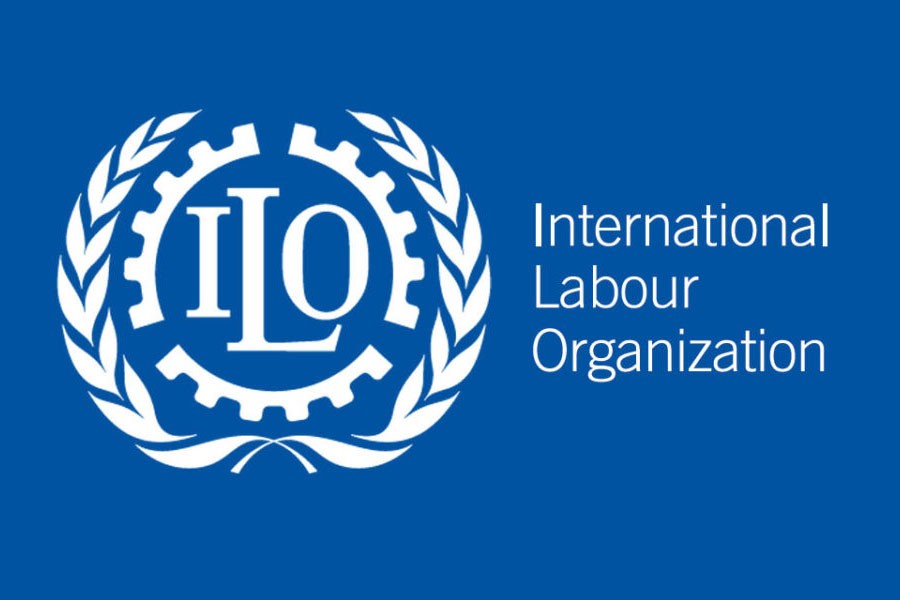The International Labour Organization (ILO) has adopted a code of practice (CoP) for the textile, clothing, leather and footwear industries to improve the health and safety conditions of more than 60 million workers employed in these sectors around the globe.
Based on international labour standards and other sectoral guidelines, the code, adopted for the first time, provides comprehensive and practical advice on how to eliminate, reduce and control all major hazards and risks, according to the CoP draft.
The hazards and risks included chemical substances, ergonomic and physical hazards, tools, machines and equipment, as well as building and fire safety.
The purpose of this code is to provide practical guidance for the use of all those, both in the public and private sectors, who have obligations, responsibilities, duties and rights regarding safety and health in the textiles, clothing, leather and footwear industries, it said.
The ILO sectoral code was adopted on October 08 which will shortly be available in Bangla, according to the ILO Dhaka office.
When asked, ILO Dhaka office in an email, quoting ILO director general Guy Rider, said: "ILO Code of Practice has been adopted on safety and health in textiles, clothing, leather and footwear industries. It's a first for the sector, which employs 60 million people, who will benefit from the comprehensive measures it recommends."
Responding to the FE, ILO Bangladesh Country Director Tuomo Poutiainen said the Bangladesh government through the ministry of labour and employment, and employers and workers representatives were in Geneva to participate and contribute to the development of the code.
The OSH (occupational safety and health) and industrial safety work that has been done in Bangladesh in recent years since the Rana Plaza incident has greatly improved the understanding of safety issues and resulted in much-enhanced safety standards particularly in readymade garment facilities, he said.
"Lots remain to be done; and this code can be further used to continue to build safety culture and standards not only in RMG and footwear sectors but also in other industries," he noted.
The code recognised that effective OSH systems require joint commitment and consultation between the competent authority, brands and buyers, suppliers, employers, workers and their representatives.
Awareness raising of the CoP and its contents is needed as a first next step, with authorities and other stakeholders, in countries like Bangladesh, China, India, Vietnam and other manufacturing hubs of textile and footwear, he added.
An ILO statement, citing the first joint estimates from the World Health Organization (WHO) and ILO, said the work-related diseases and injuries caused by exposure to 19 occupational risk factors were responsible for the deaths of 1.9 million people in 2016.
In relation to non-fatal occupational accidents, the ILO estimates reveal over 360 million cases in 2016, representing an increase when compared to the figures of 2010 (340 million).
More than 4.0 per cent of the world's annual gross domestic product (GDP) is lost as a consequence of work-related injuries and diseases.
The textiles, clothing, leather and footwear industries have been hit hard by the Covid-19 crisis, it said adding thousands of enterprises have been forced to stop production, leading to millions of workers losing their livelihoods.
Director of the ILO Sectoral Policies Department, Alette van Leur in the statement added: "The COVID-19 pandemic has reminded all of us of how important safety and health, and a human-centred approach are, if we want to build forward better. I am hopeful that as these industries rebound, the new code of practice will serve as a basis for developing national or company OSH management systems and contribute to the overall improvements of working conditions in this sector and beyond."
The statement also quoted Kamrul Anam, president of Bangladesh Textile and Garments Workers League (BTWGL), saying: "We want to ensure that the Rana Plaza (incident) will never happen again." He, also worker vice chair and member of the International Accord Steering Committee, took part in the ILO experts meeting.
"If everyone commits to translating the provisions in this code into action, we can ensure that no worker - in Bangladesh or any other country - will ever have to risk their life in a garment factory again," he noted.
When asked, Bangladesh Garment Manufacturers and Exporters Association president Faruque Hassan said workplace safety in the country's RMG sector has improved significantly after the Rana Plaza building collapse.
Both workers and entrepreneurs took risks and continued operation with the support from the government during the pandemic, he said adding the local factories are following the health and safety guidelines developed in cooperation with the ILO.


